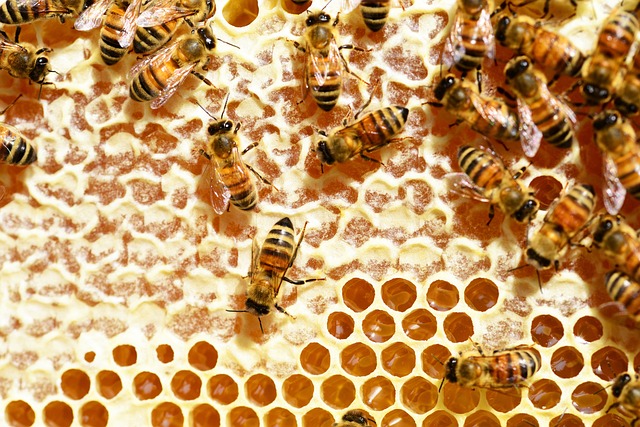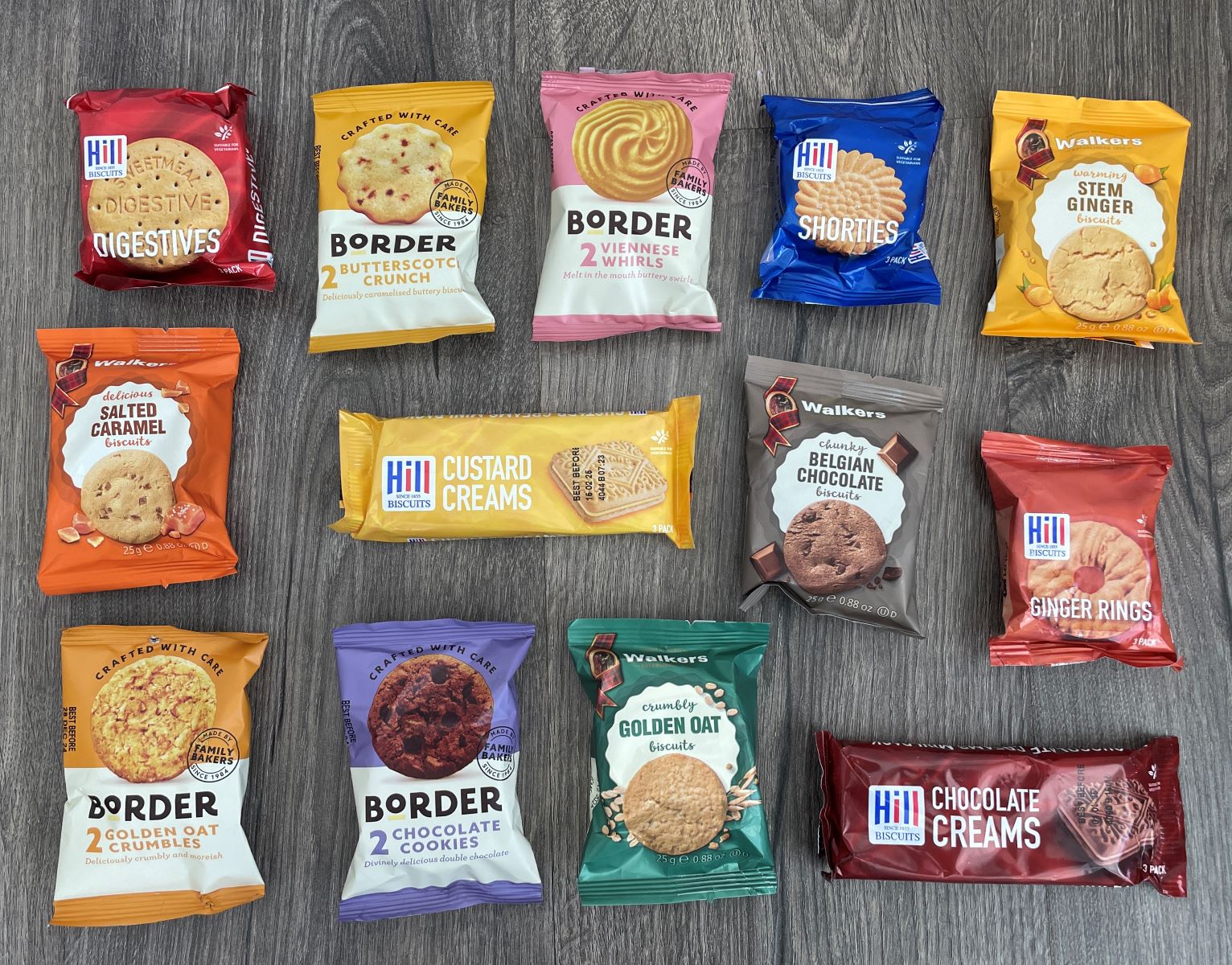
When it comes to quintessential British treats, few things are as beloved as the humble biscuit. Whether enjoyed with a cup of tea or as a standalone snack, British biscuits hold a special place in the hearts of many. Let’s explore the rich history, variety, and cultural significance of these delightful baked goods.
A Brief History of British Biscuits
The word "biscuit" comes from the Latin "bis coctus," meaning "twice baked." This method of baking was used to create a hard, long-lasting food that could be stored for long periods, making biscuits an essential part of the diet for travelers and soldiers. Over time, the recipe and methods evolved, leading to the diverse range of biscuits we enjoy today.

Biscuits first became popular in Britain during the medieval period. These early biscuits were often sweetened with honey and flavored with spices, reflecting the exotic ingredients brought back by crusaders and traders. By the Victorian era, advancements in baking techniques and the industrial revolution allowed for mass production, making biscuits more accessible to the general population.

Varieties of British Biscuits
The world of British biscuits is wonderfully diverse, with each type offering its own unique flavor and texture. Here are some of the most iconic varieties:
-
Digestive Biscuits: Named for their supposed digestive benefits, these mildly sweet biscuits are often enjoyed plain or with a layer of chocolate. They are perfect for dunking in tea.
-
Rich Tea Biscuits: Light and crisp, these biscuits are a staple of British tea time. Their subtle sweetness makes them a versatile choice for pairing with a cup of tea.
-
Hobnobs: Made with rolled oats, Hobnobs have a delightful crunch and a wholesome flavor. They come in both plain and chocolate-covered versions.
-
Shortbread: Originating from Scotland, shortbread is known for its rich, buttery flavor and crumbly texture. It’s often enjoyed during festive occasions.
-
Custard Creams: These biscuits consist of a custard-flavored cream filling sandwiched between two biscuits. They are a childhood favorite for many Brits.
-
Jammie Dodgers: Featuring a layer of jam sandwiched between two shortbread biscuits, Jammie Dodgers are colorful and fun, making them popular with children.
-
Bourbon Biscuits: Chocolate lovers delight in Bourbon biscuits, which feature a chocolate cream filling between two chocolate-flavored biscuits.
Biscuits and British Culture
Biscuits are more than just a snack in Britain; they are a cultural institution. The ritual of having tea with biscuits is a cherished tradition, offering a moment of relaxation and conversation. Biscuits are often shared during social gatherings, family teatimes, and even in workplaces, where they provide a sweet respite from the daily grind.
The cultural significance of biscuits is evident in their appearance in literature, television, and everyday conversations. From the classic biscuit tin filled with assorted treats to the debates over the best biscuit for dunking, these sweet treats are deeply embedded in British life.
Baking Biscuits at Home
For those who enjoy baking, making biscuits at home can be a delightful and rewarding experience. Many traditional recipes have been passed down through generations, each with its own unique twist. Whether you prefer the simplicity of a plain digestive or the richness of a chocolate-covered Hobnob, there’s a homemade biscuit recipe to suit every taste.
Conclusion
British biscuits are a testament to the nation’s love for simple, yet delicious, pleasures. Their rich history, diverse varieties, and cultural significance make them an enduring symbol of British life. So, the next time you sit down with a cup of tea, be sure to reach for a biscuit and savor the moment. After all, in Britain, there’s always time for tea and biscuits.
